|
Membranes are found
throughout eukaryotic cells and all have the same basic
chemical structure. The main component of membranes is the
phospolipids, but there are also other lipids as well as
proteins and carbohydrates found in membranes.
Phospholipid Bilayer:
The phospholipid bilayer is the basic structure of all
cellular membranes.
|
|
- Phospholipid
Molecules: These amphipathic molecules will
self-assemble into a bilayer in an aqueous
solution.
- Other
Amphipathic
Molecules: Cholesterol
and other amphipathic molecules are also in the bilayer.
The presence of these, as well as the types and lengths
of the fatty acids, determine the membrane's fluidity.
- Fluid Mosaic Model
of the Membrane: The cell membrane is
actually a fluid. Phospholipids and proteins in the
membrane can move around and rotate.
|
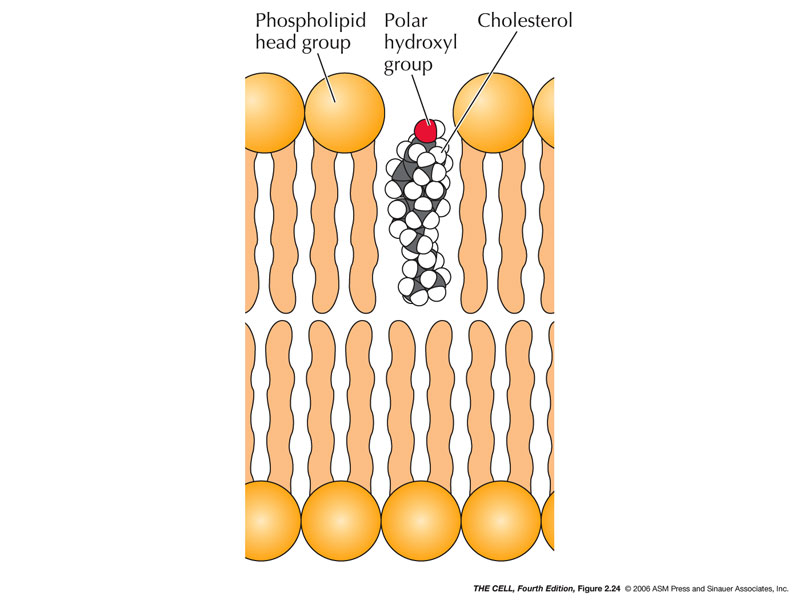 |
|
Proteins:
Membrane proteins may be anchored in the phospholipid
bilayer of attached to the outer surface of the membrane.
- Membrane
Proteins: These may be integral membrane
proteins or peripheral membrane proteins (associated
with other membrane proteins).
|
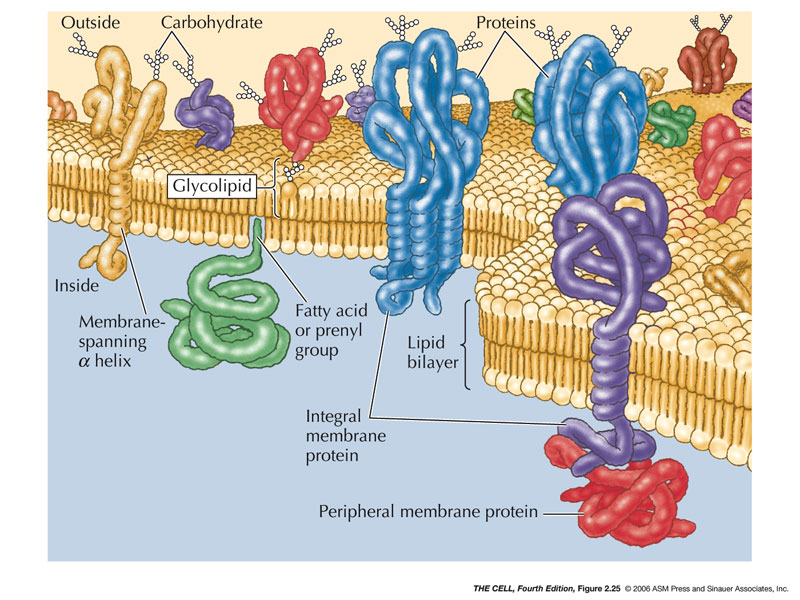 |
- Integral
Membrane
Proteins: These are an integral part of the
membrane (duh!).
- Transmembrane
Proteins: These proteins pass through the membrane.
- Single Pass vs. Multiple Pass Proteins:
Some integral membrane proteins pass through the
membrane only once (an alpha helix crosses the
membrane), while others double back and pass more
than once (more than one alpha helix).
- Lipid Linked Proteins: Some proteins
are covalently linked to the heads of membrane
phospholipids.
- Peripheral
Proteins: Some proteins are attached to other
membrane proteins. They may attach to then dissociate
from the membrane (not a permanent part of the
membrane)(G-protein, which we will cover in "Cell
Signalling," is a peripheral protein.)
Membrane Carbohydrates:
Membrane carbohydrates may be attached to exterior membrane
proteins or phospholipid heads. (Can you see the difference
between the internal or cytosolic side and the external or
noncytosolic side?) All of these carbohydrates together form
the glycocalyx important in cell recognition.
Transport across Membranes:
|

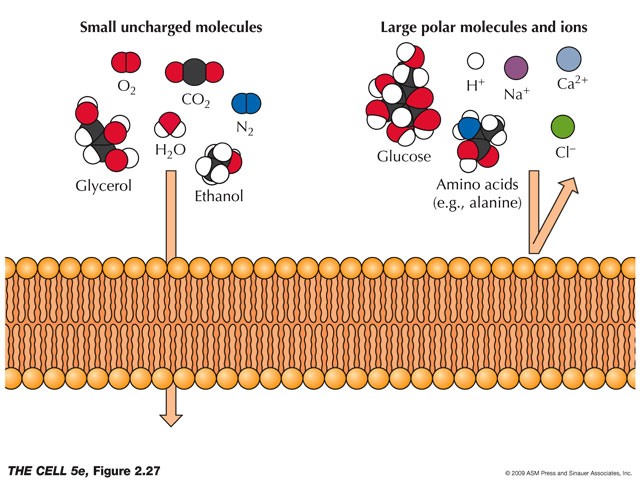
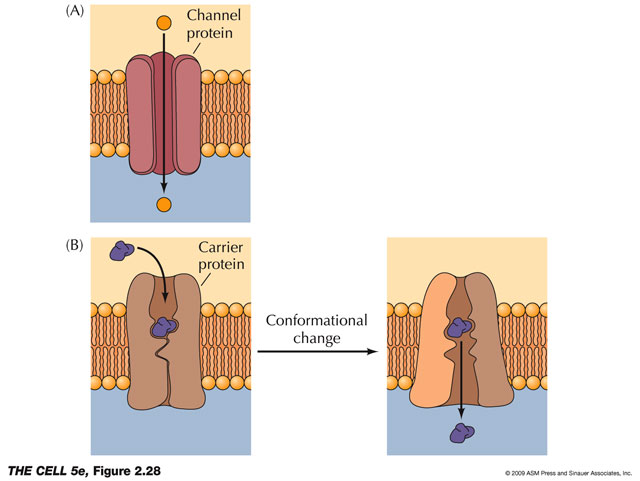
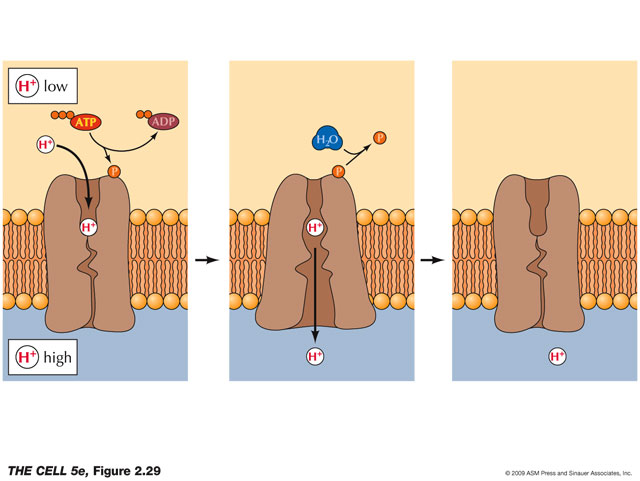 |
 405 Home
405 Home





